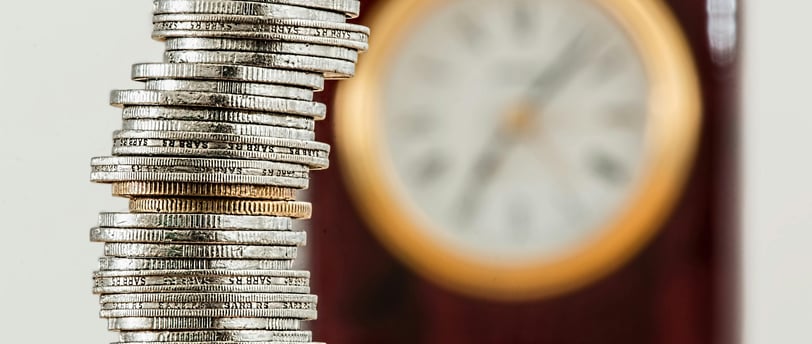Double Your Money in a High-Yield Savings Account
Discover how long it takes to double your money in a high-yield savings account. Learn about interest rates, compounding, and strategies to maximize your savings effectively.
3/29/20252 min read


Understanding High-Yield Savings Accounts
High-yield savings accounts offer an appealing alternative to traditional banking methods, providing much higher interest rates than standard savings accounts. These accounts are particularly popular among individuals seeking a safe way to grow their money while maintaining liquidity. Before delving into how long it takes to double your money with these accounts, it is essential to understand how the interest rates in such facilities outpace typical offerings.
The Power of Compound Interest
To grasp how quickly you can expect to double your money in a high-yield savings account, one must appreciate the concept of compound interest. Compound interest is essentially interest calculated on both the initial principal and the accumulated interest from previous periods. This means the returns on your savings increase significantly over time. Generally, the more frequently interest is compounded, the faster your savings grow.
Calculating the Time to Double Your Money
The Rule of 72 is a widely recognized formula used to estimate the time required to double an investment based on its annual interest rate. By simply dividing 72 by your account's interest rate, you can calculate an approximate number of years needed to see your savings double. For example, if your high-yield savings account offers an interest rate of 3%, you would divide 72 by 3, resulting in approximately 24 years to double your money.
However, many high-yield savings accounts offer rates above 3%. For instance, if you have an account that offers a 5% interest rate, using the same formula yields a result of about 14.4 years to double your money. It is important to note that these calculations are estimates and the actual time frame may fluctuate based on interest compounding frequency and changes in interest rates.
Furthermore, economic factors may influence interest rates in high-yield accounts. As central banks adjust rates in response to economic conditions, the rates offered by savings accounts may fluctuate. Therefore, it is wise to periodically reassess your high-yield savings options to ensure the best outcomes for your financial goals.
In conclusion, while high-yield savings accounts are a reliable and secure way to save, the timeline to double your money will vary based on the interest rate offered. By utilizing tools like the Rule of 72, you can gain a quick estimate of your savings potential. Remember, patience is key; whether you're taking advantage of a 2% or 5% interest rate, the best strategy involves informed decisions and consistent saving practices. Happy saving!
Insights
Your guide to personal finance and investments.
Support
Contact
+5511933370031
© 2025. All rights reserved.